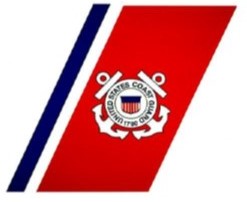
Marine Safety Information OES-MSIB Number: 07-19 Bulletin
Ballast Water Best Management Practices to Reduce the Likelihood of Transporting Pathogens That May Spread Stony Coral Tissue Loss Disease
Stony Coral Tissue Loss Disease (SCTLD) is a lethal disease that rapidly destroys the soft tissue of many different species of coral. The disease first appeared off the coast of Miami-Dade county, Florida, in September 2014. Nearly half of Florida’s 45 species of hard coral are affected by the disease, including many reef-building types. Once afflicted, the disease progresses rapidly, killing corals within weeks or months. It is estimated to have led to the death of millions of corals since 2014. The causative agent of SCTLD has not yet been identified. Recent work indicates that co-infection of a bacteria and a virus is a possibility.
At the request of the National Oceanic and Atmospheric Administration (NOAA), the Coast Guard is considering options to mitigate the potential factors that some indications suggest may be contributing to the spread of SCTLD. One such factor may be the potential transfer of pathogens in ballast water.
The Coast Guard wants to ensure that the maritime industry has the information it needs to mitigate this potential contributing factor. Accordingly, vessel representatives are reminded of the mandatory and voluntary management practices associated with the discharge of ballast water (BW) from vessels required to conduct a Ballast Water Exchange (BWE) under U.S. Regulations.
For more detail – read the full Bulletin here.